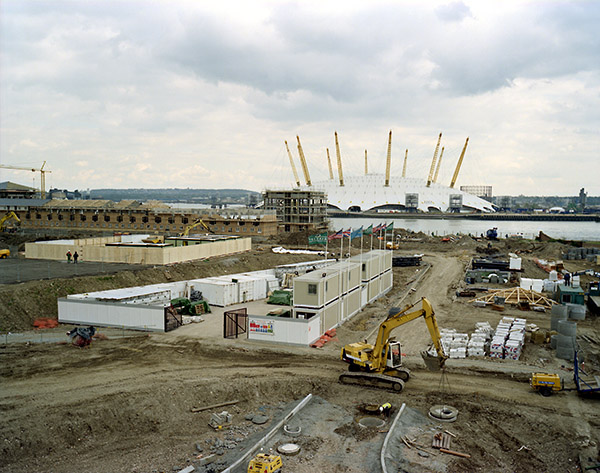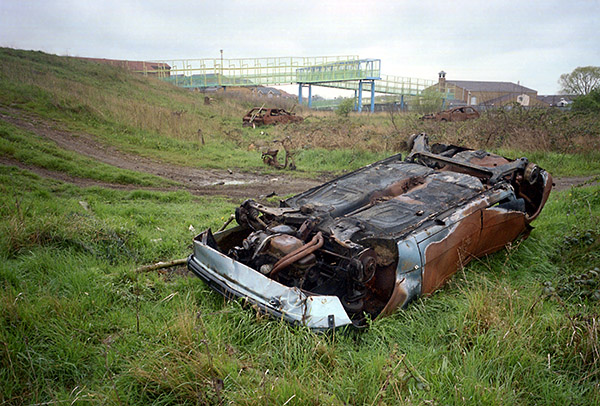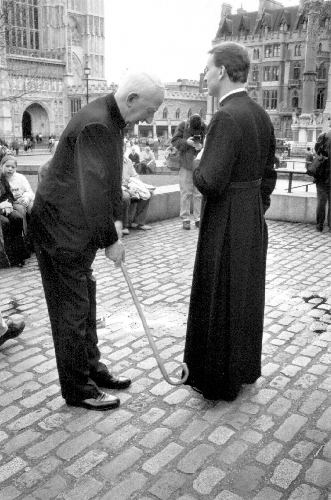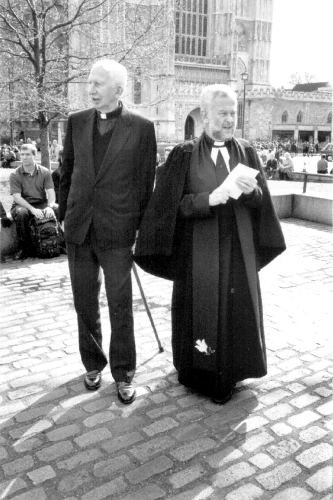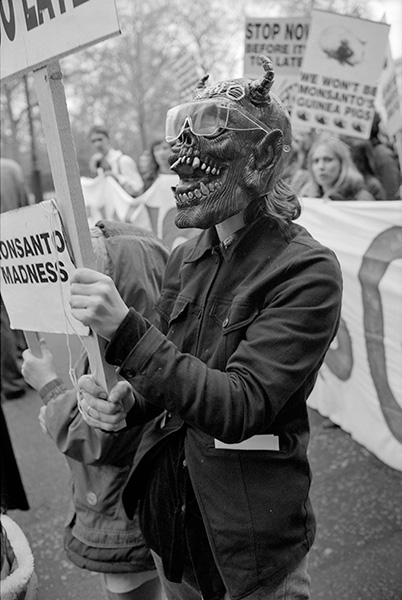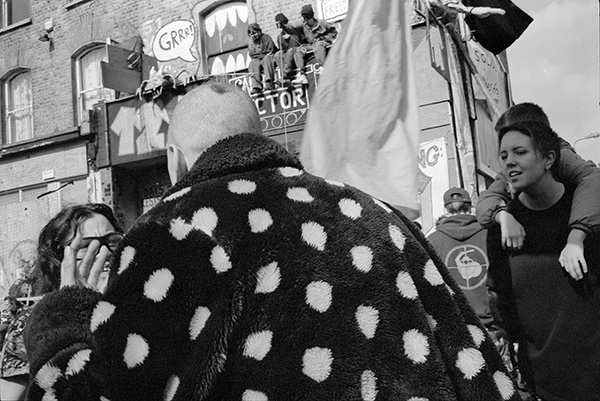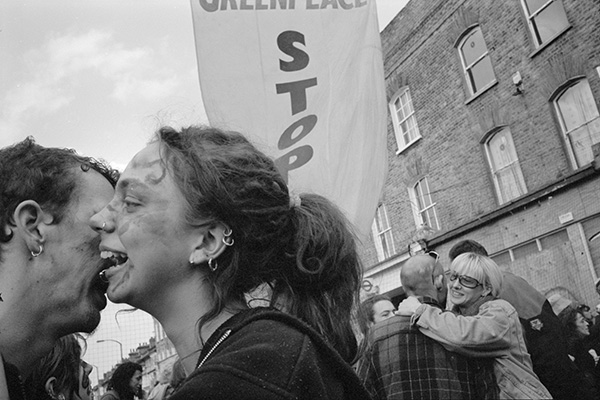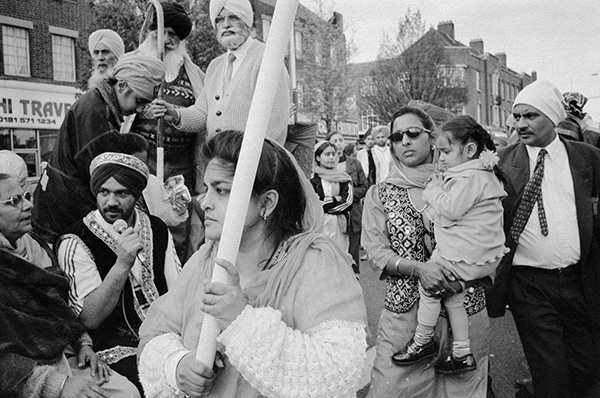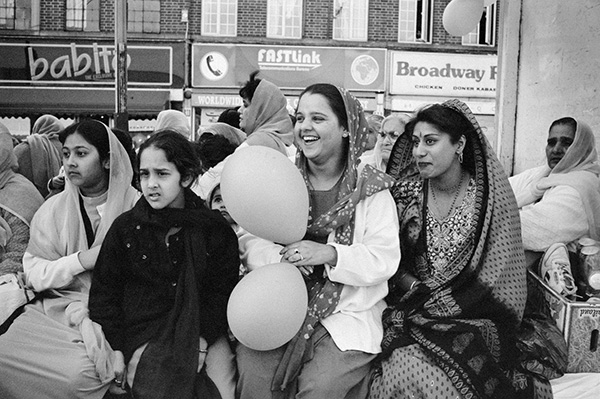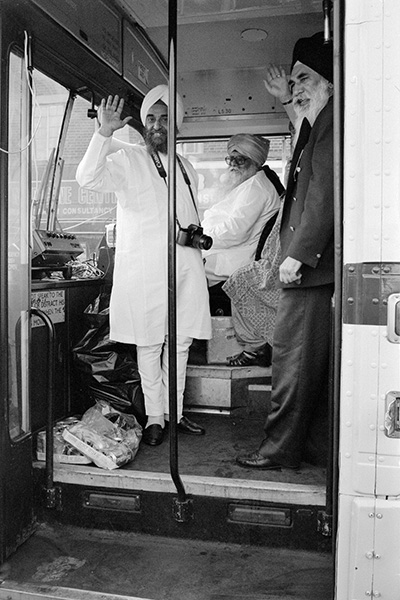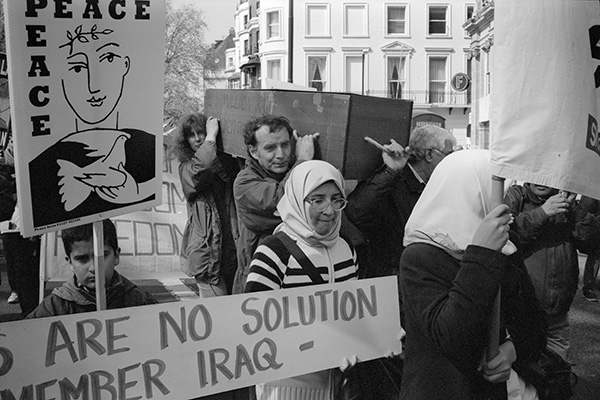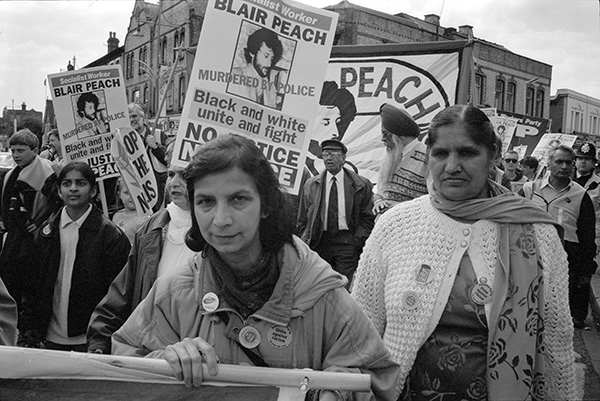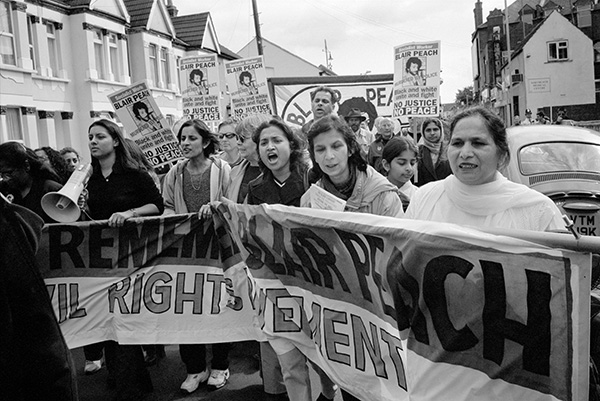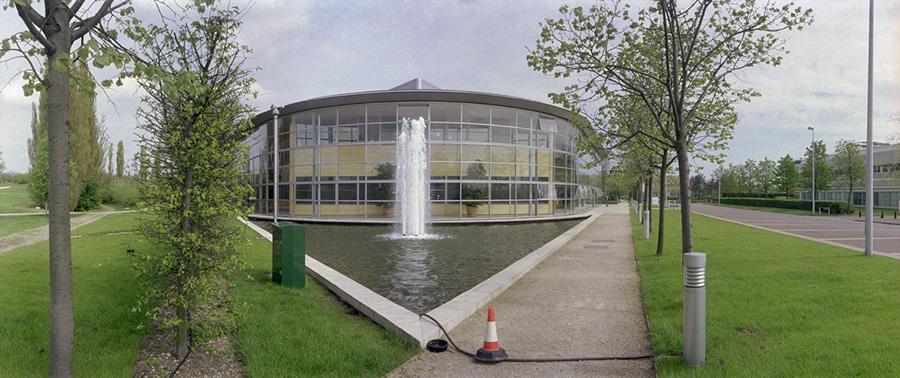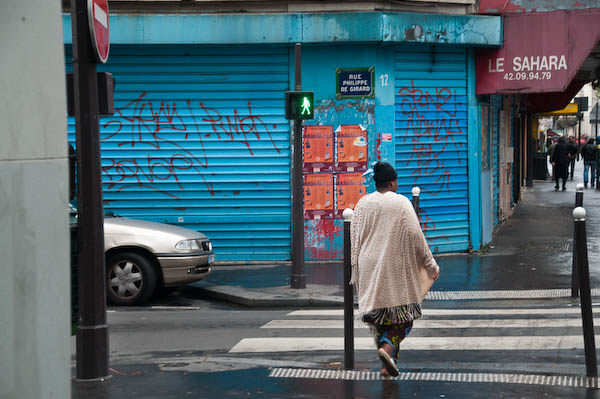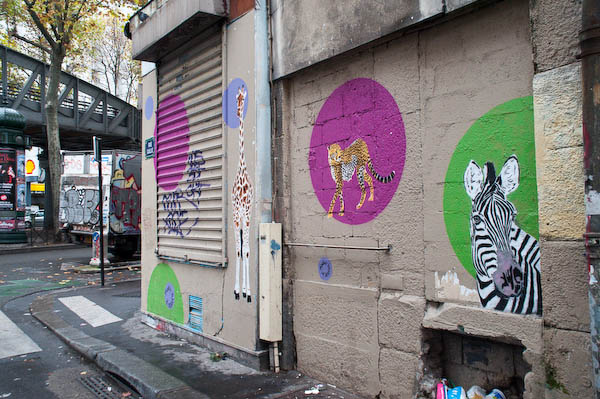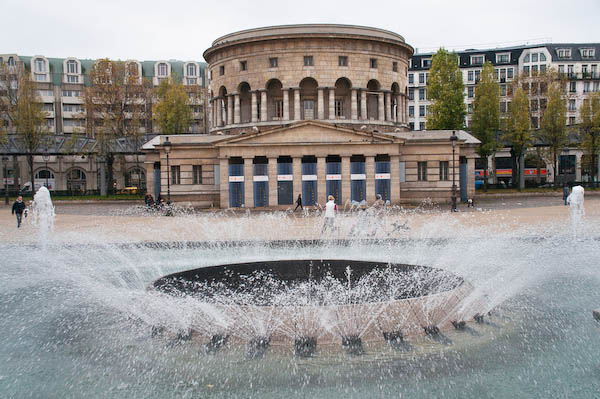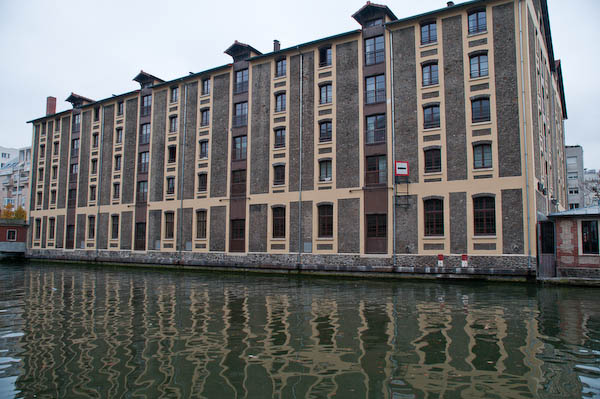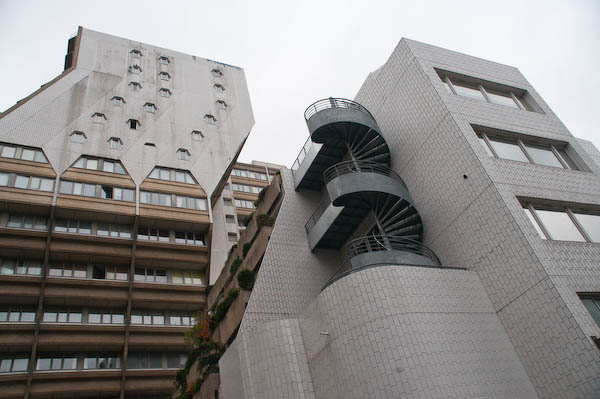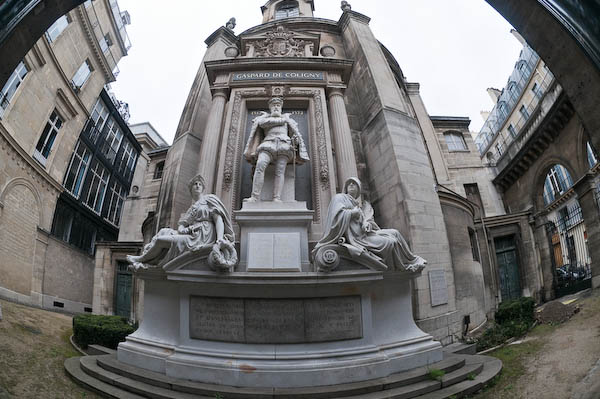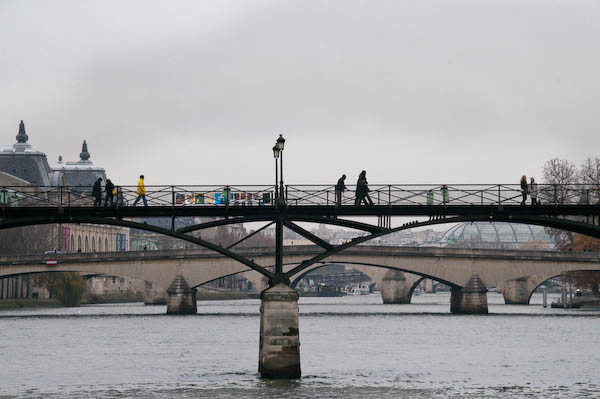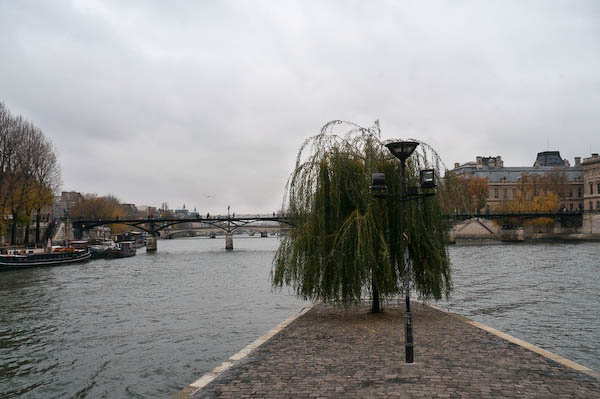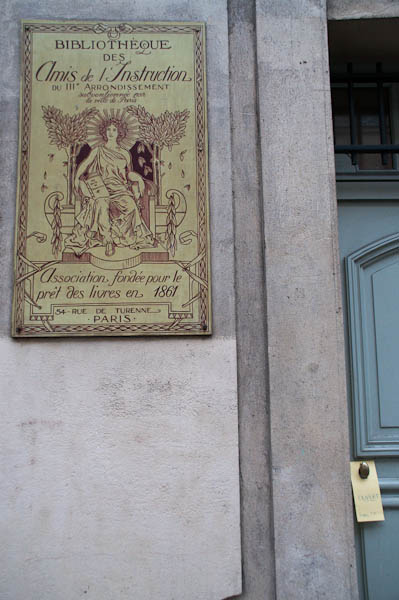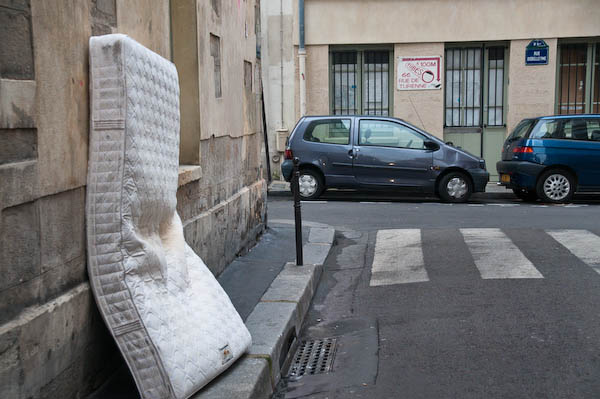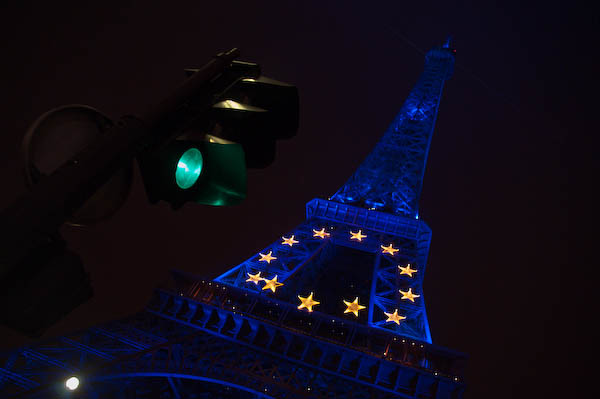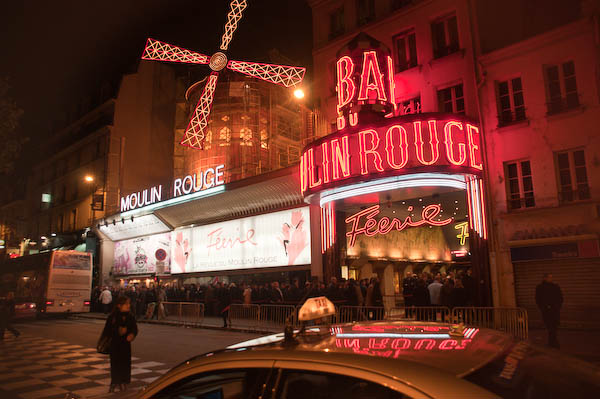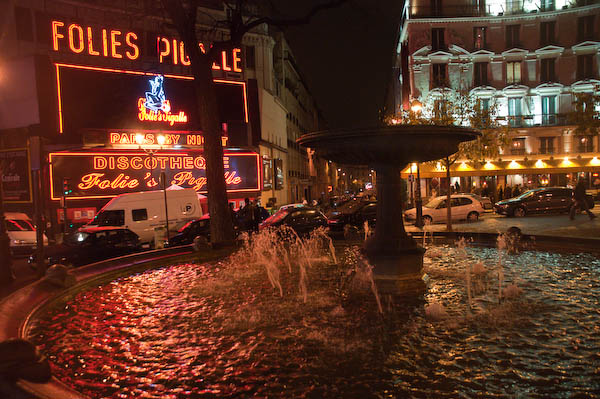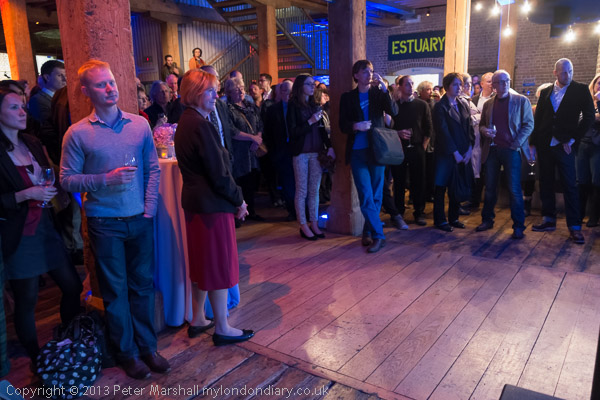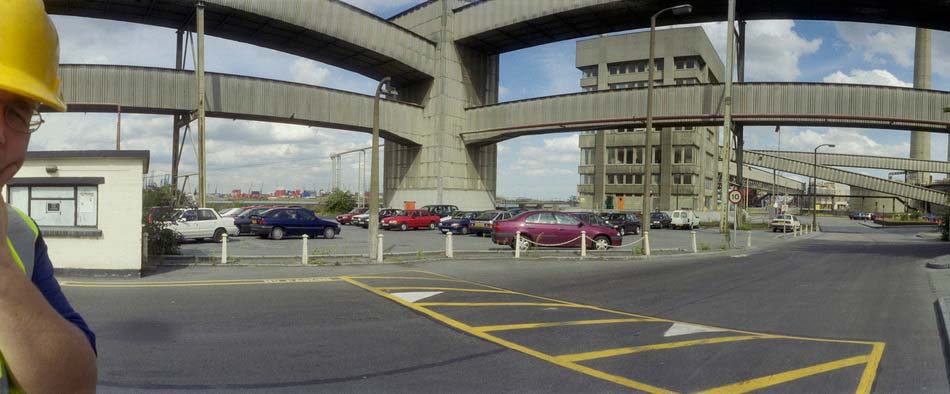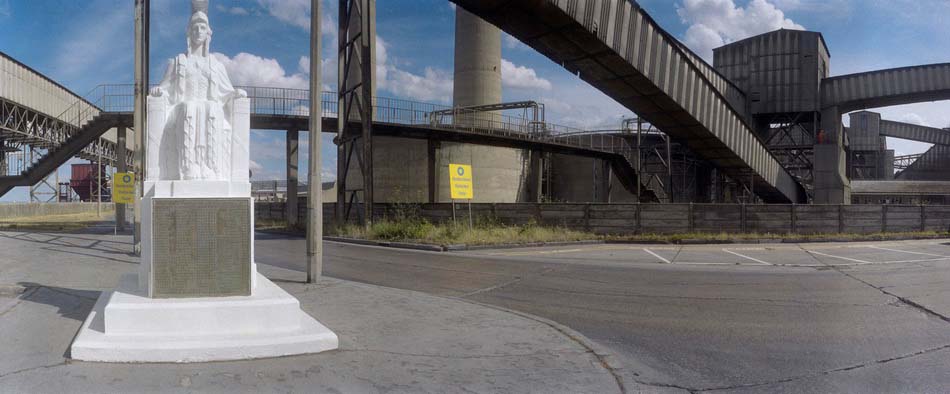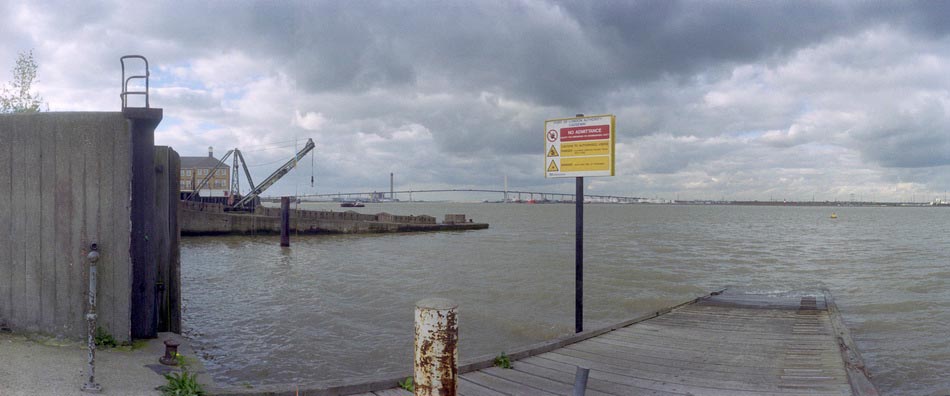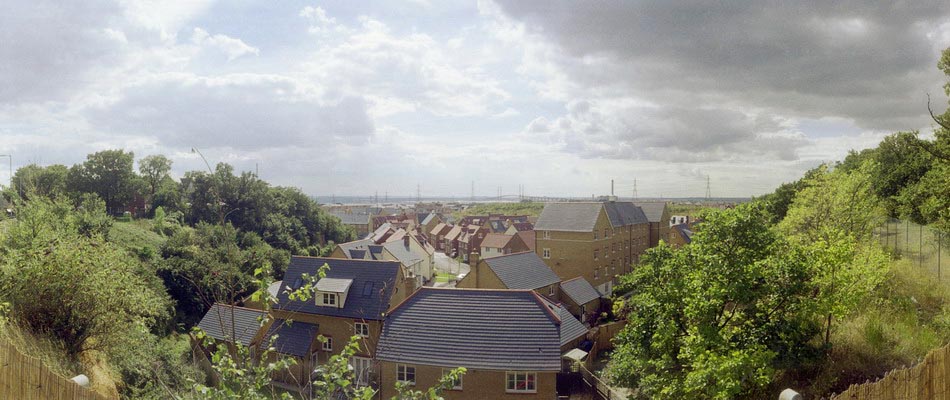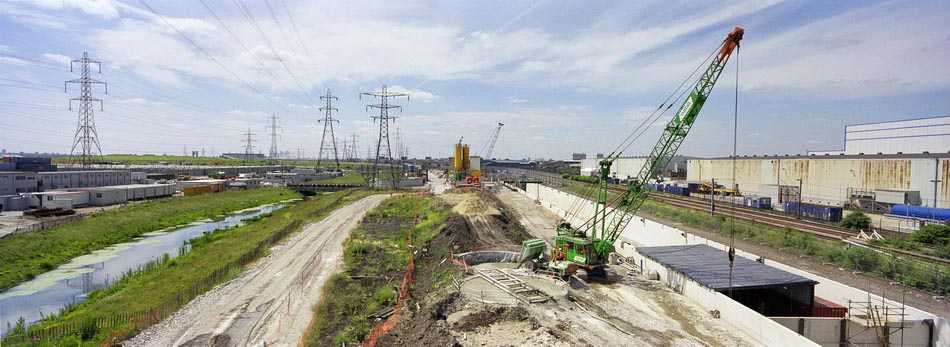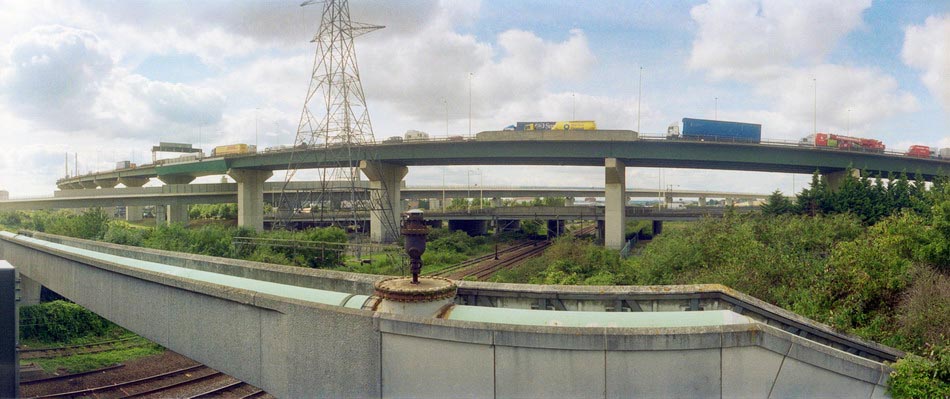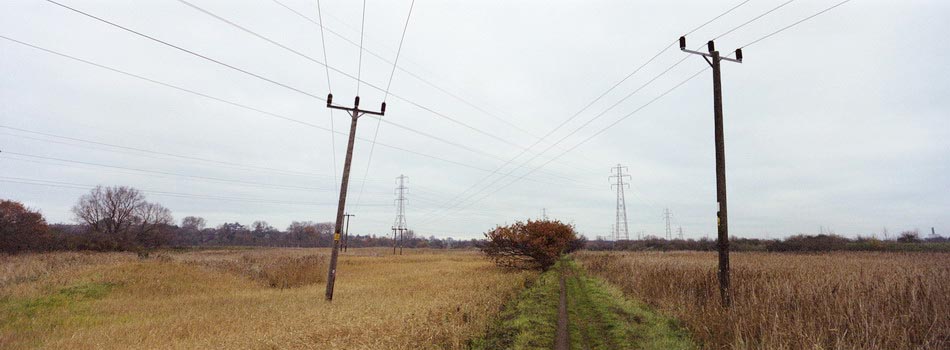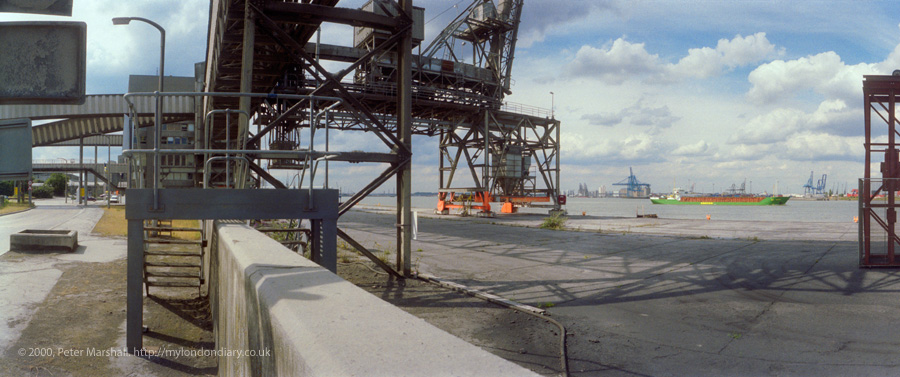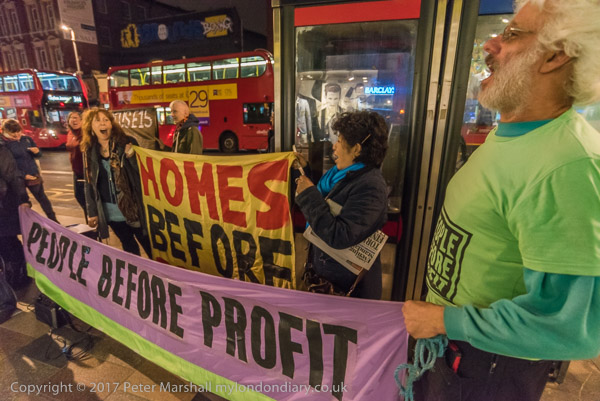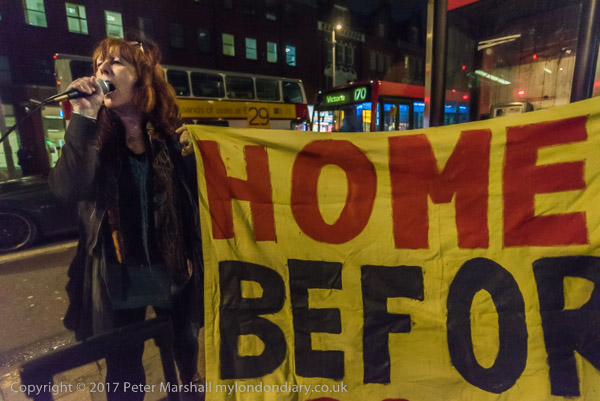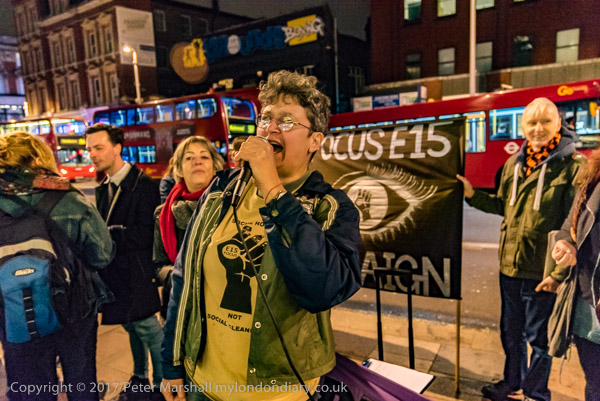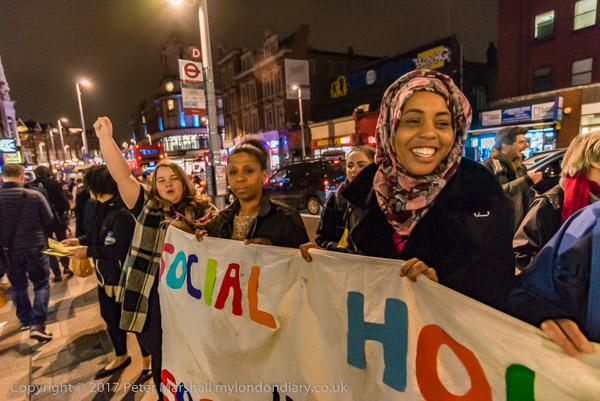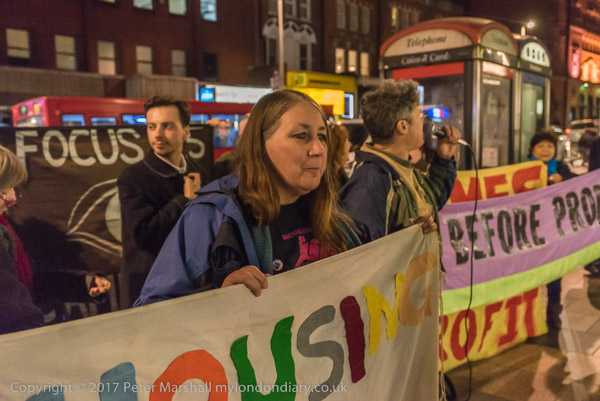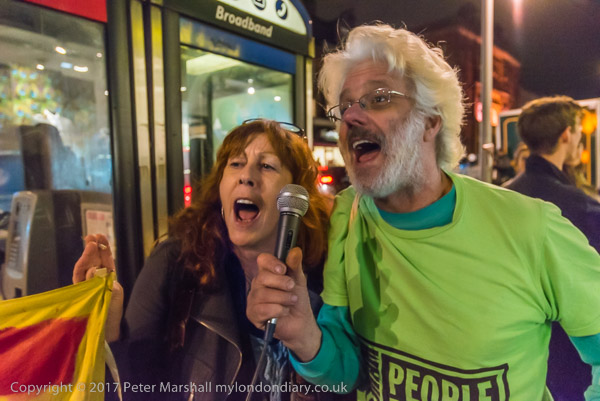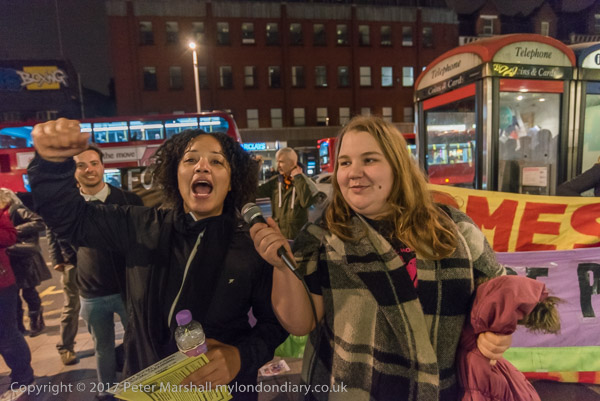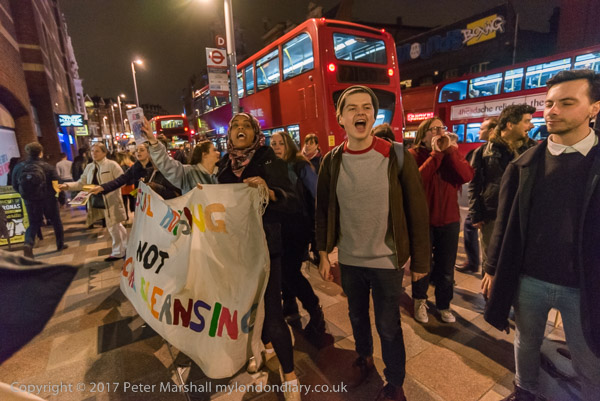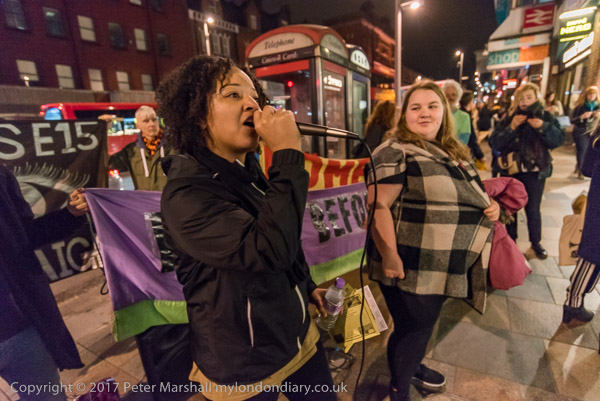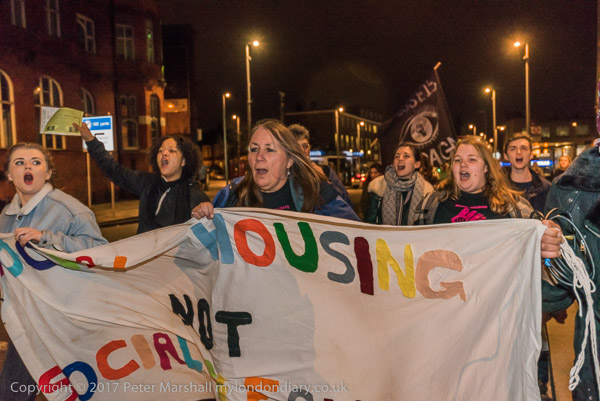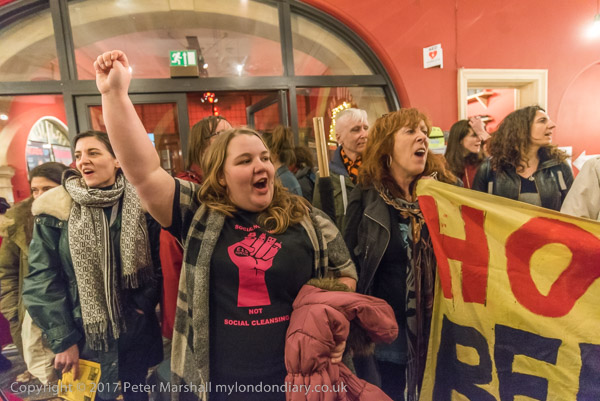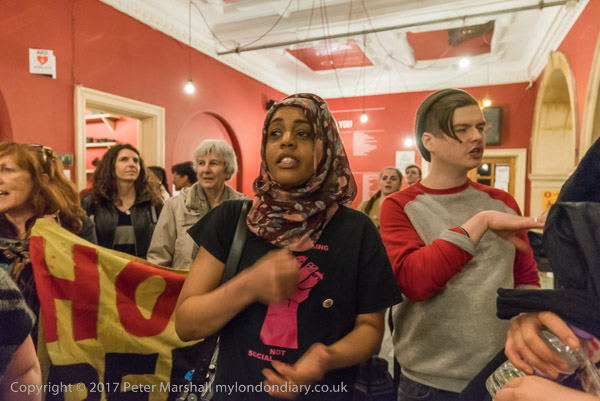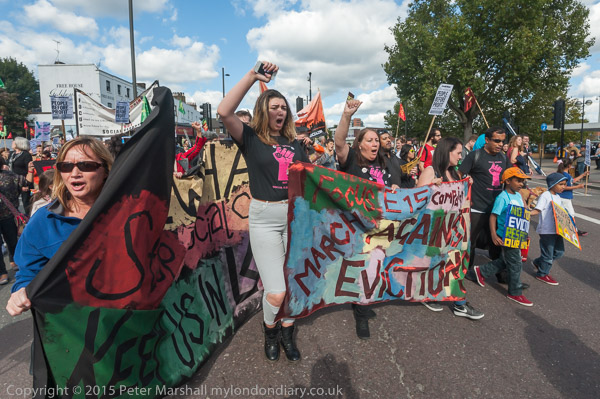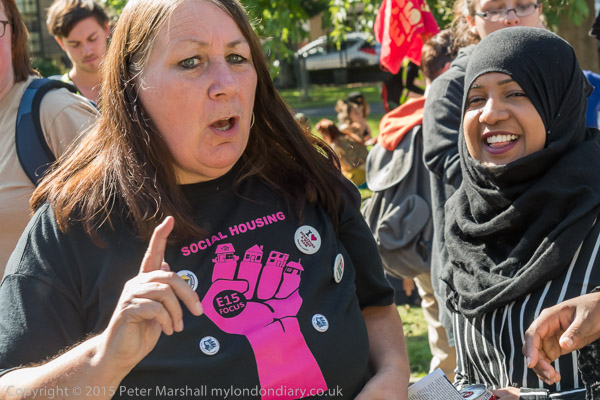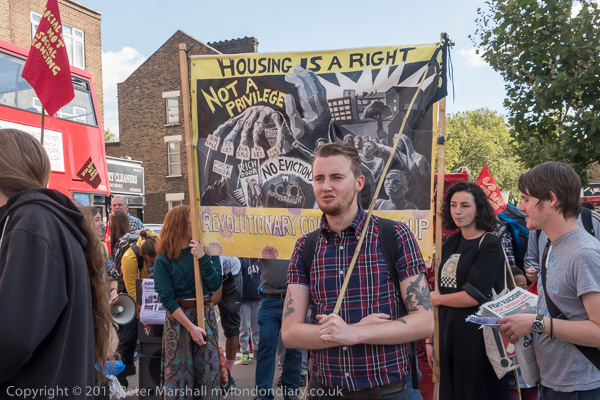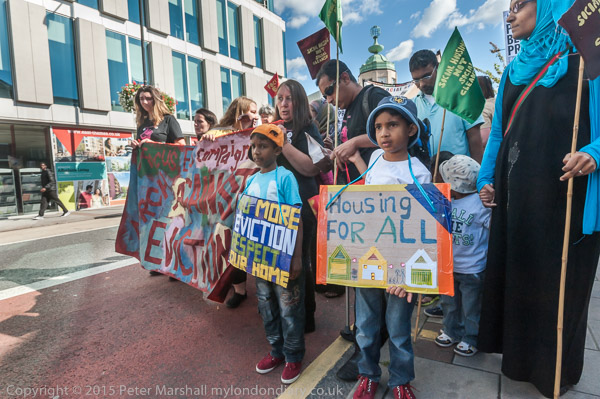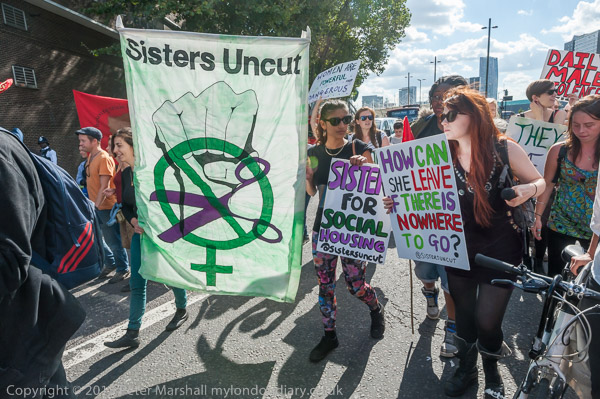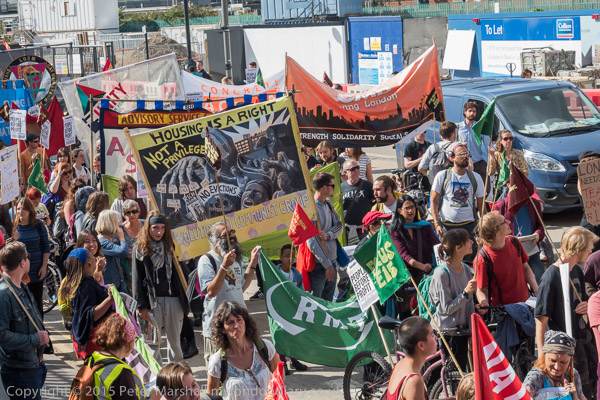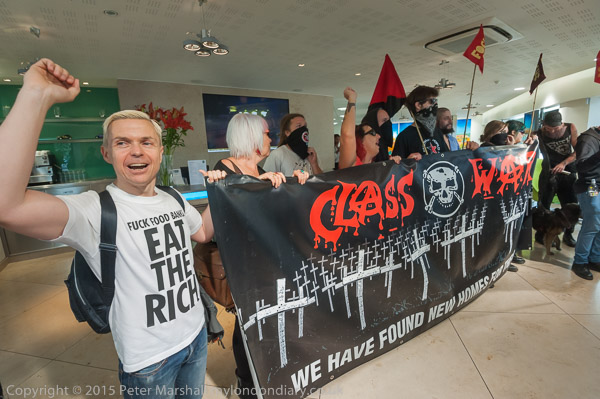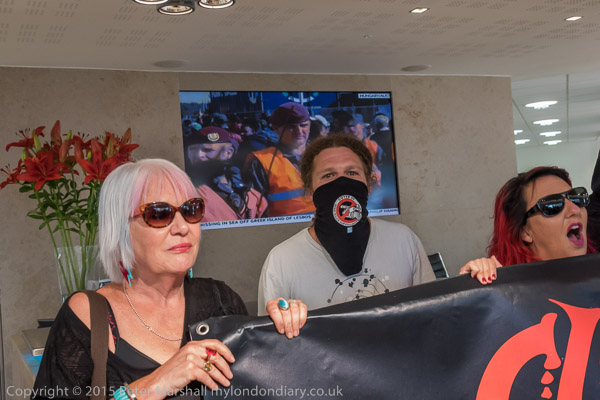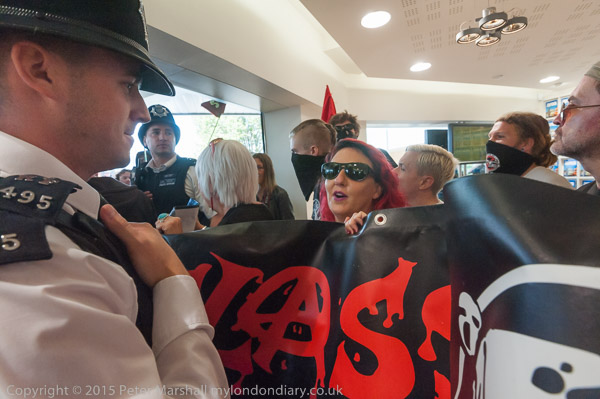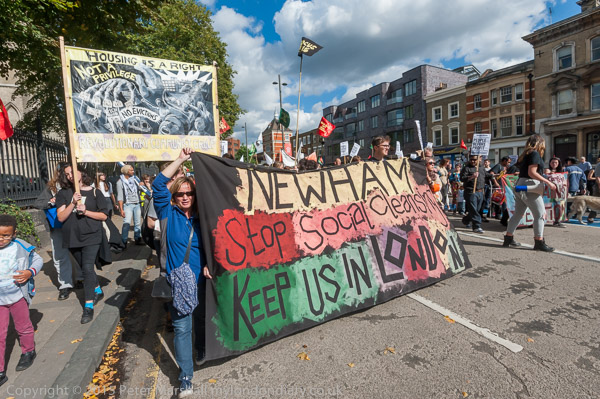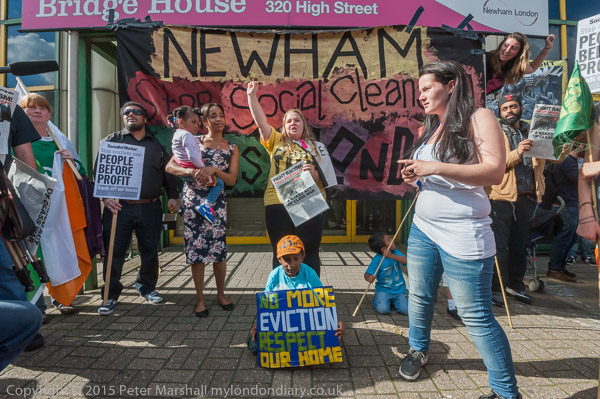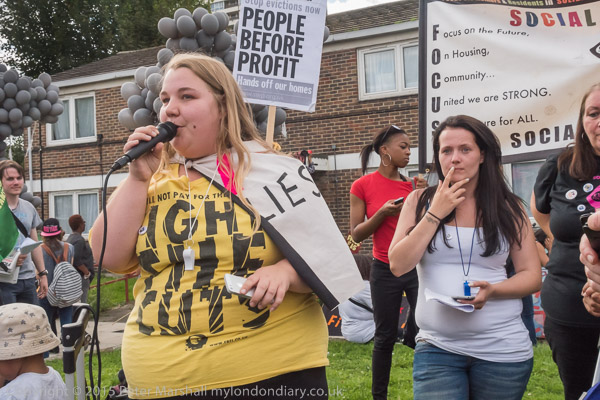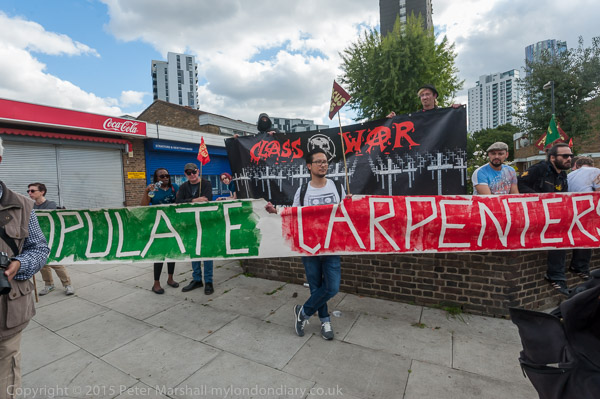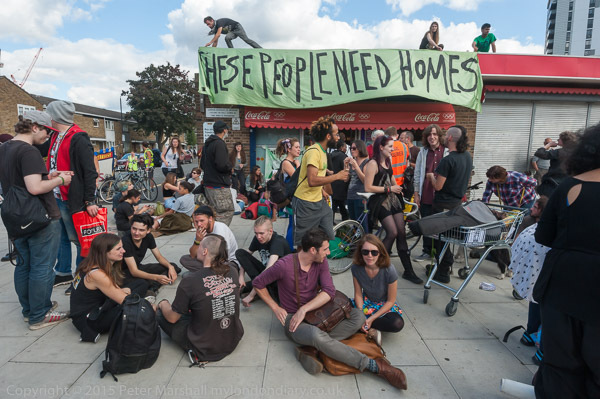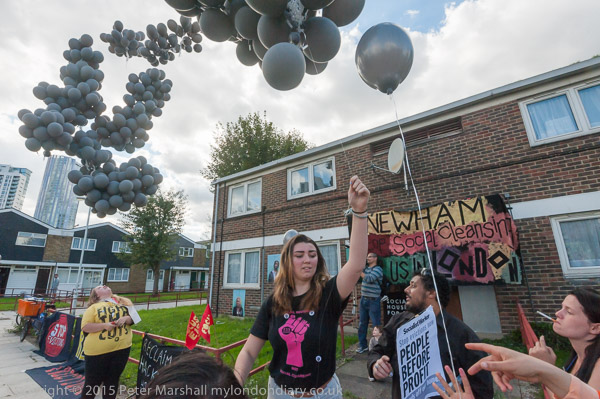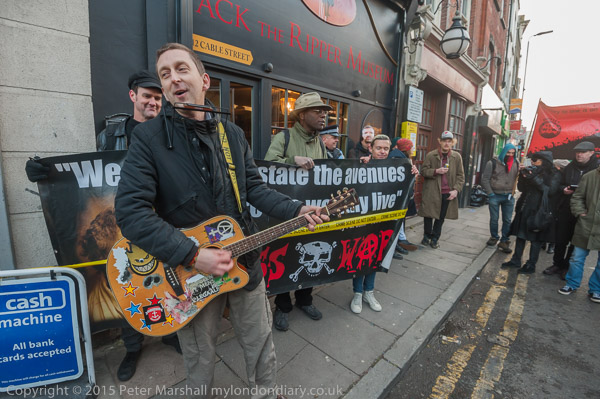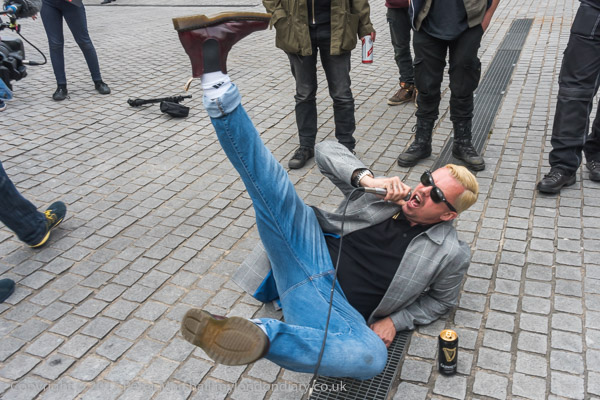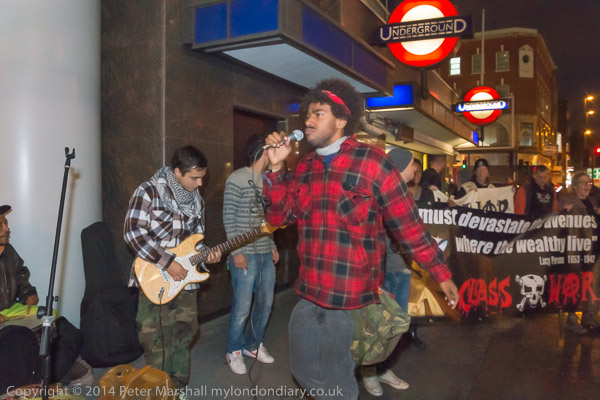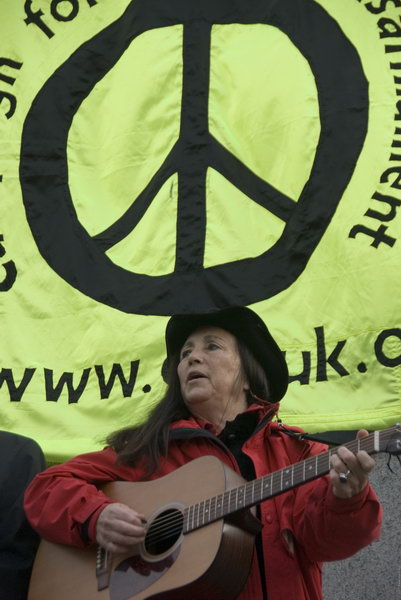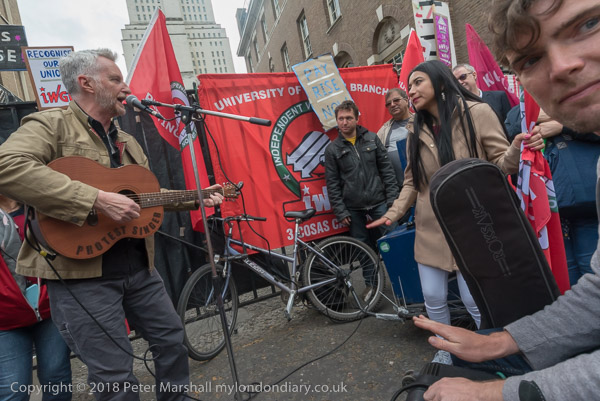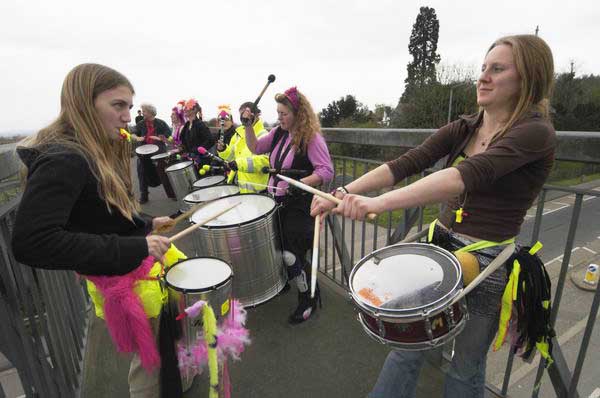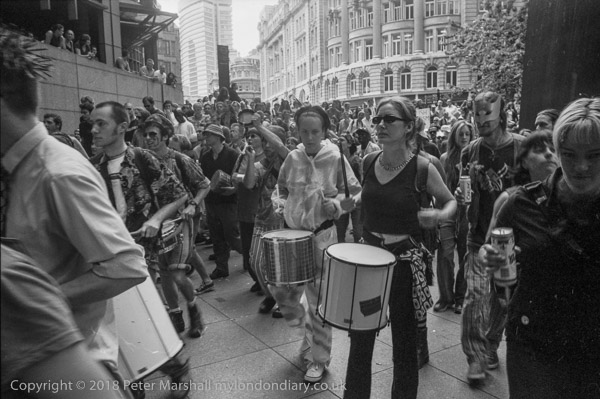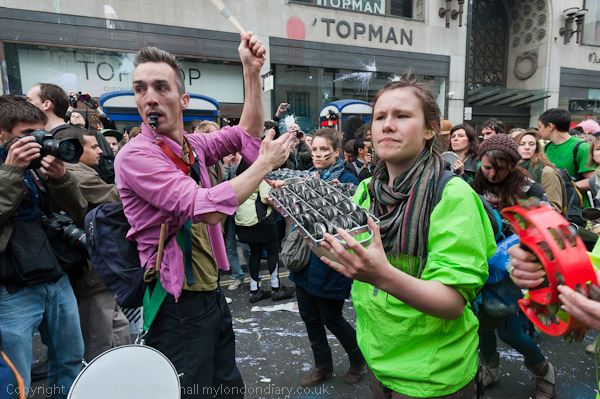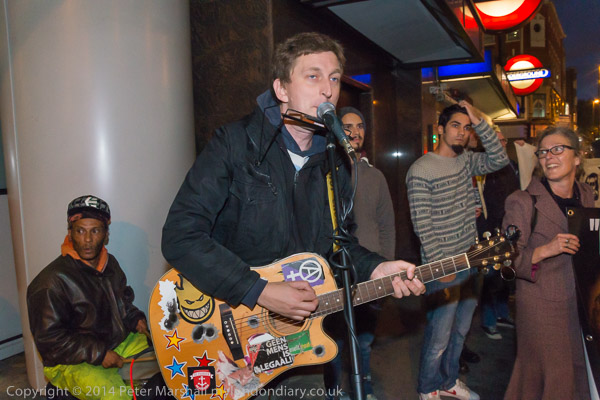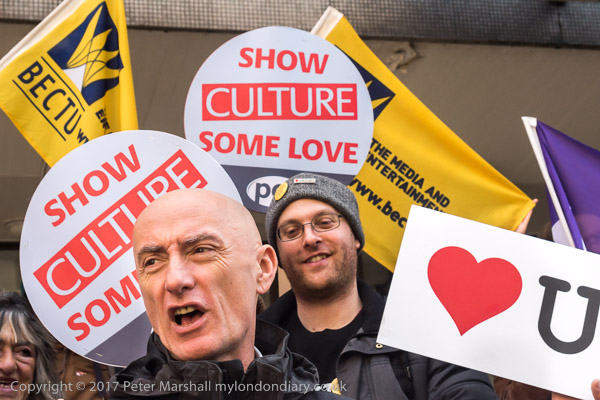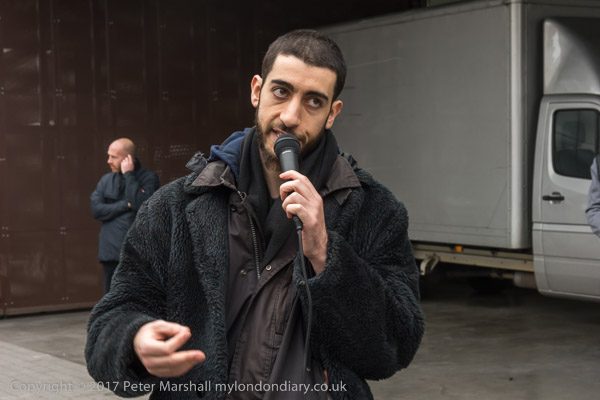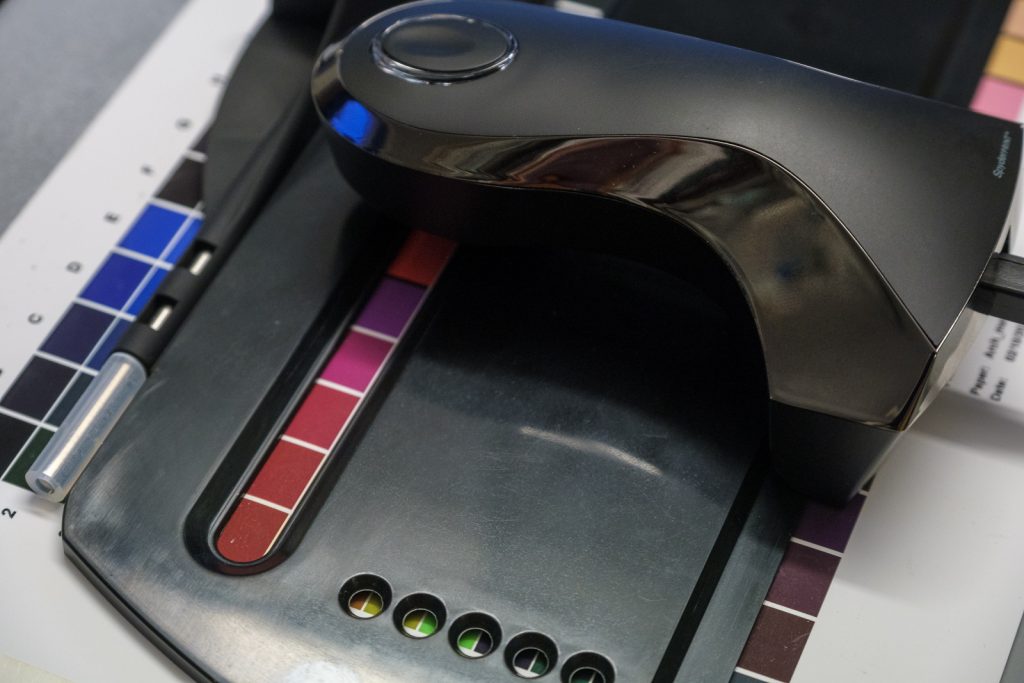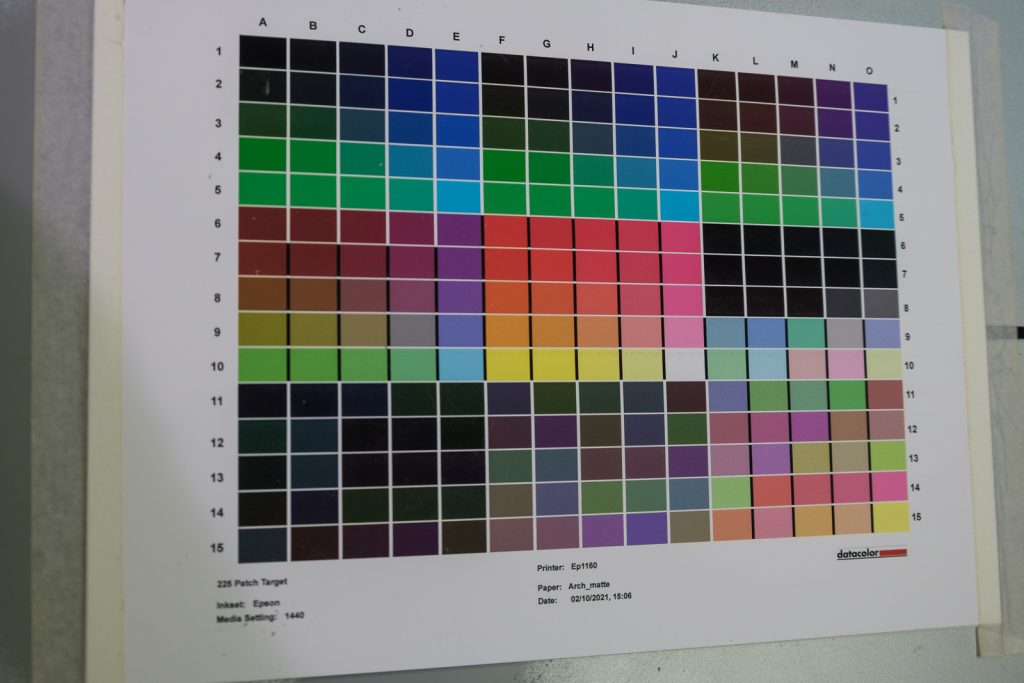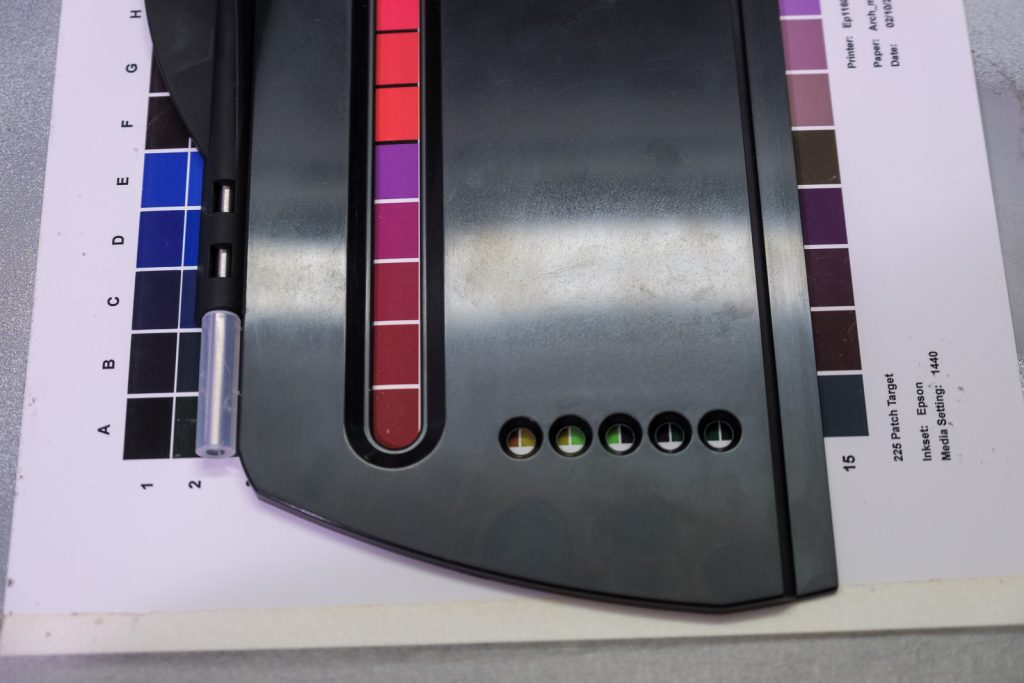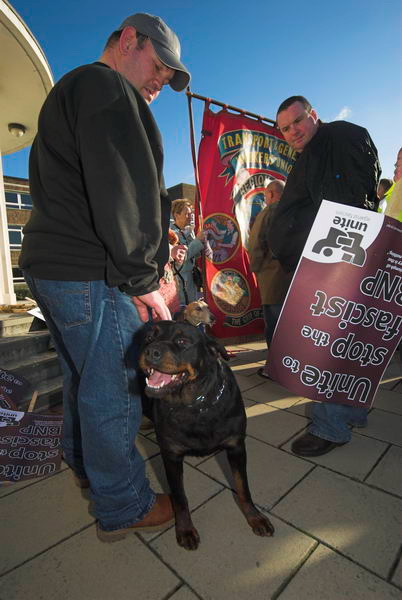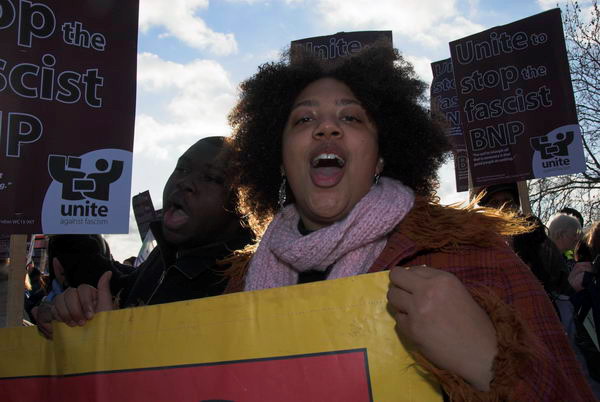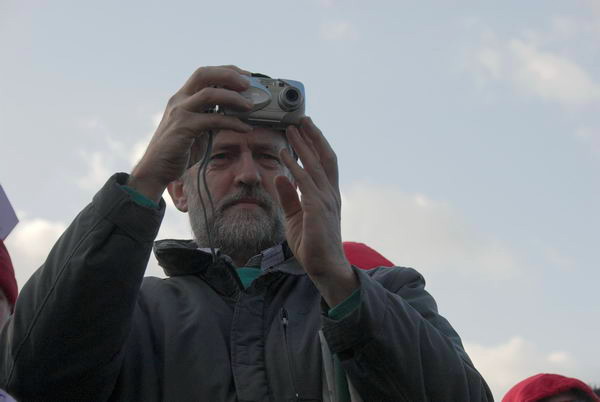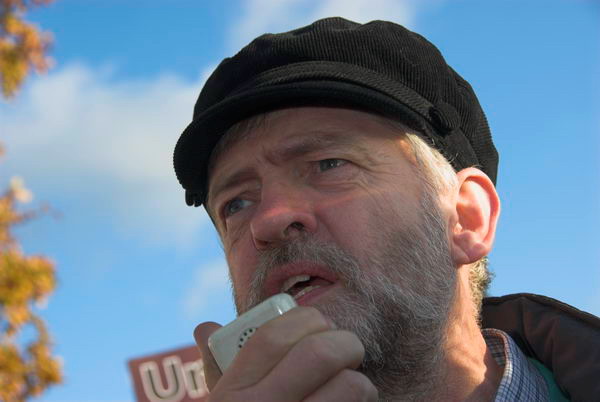Paris and the Nouvelle Vague: Pictures from my own work in Paris over the years and a short review of a current show online and at the Peter Fetterman Gallery in Santa Monica, California.
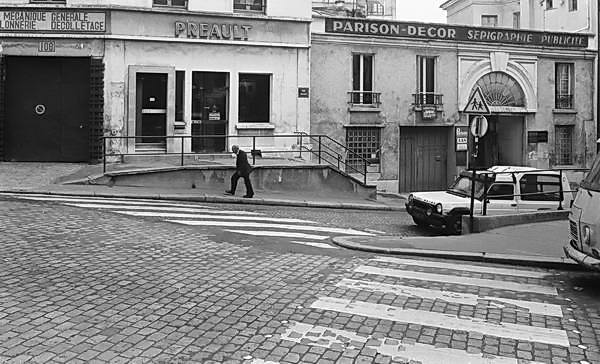
I first photographed in Paris in 1966, before I was really a photographer, when I spent a week there with the woman I was to marry two years later. I had bought a 36 exposure process-pad cassette of cheap slide film for the holiday, loading it into my fixed lens Halina camera.
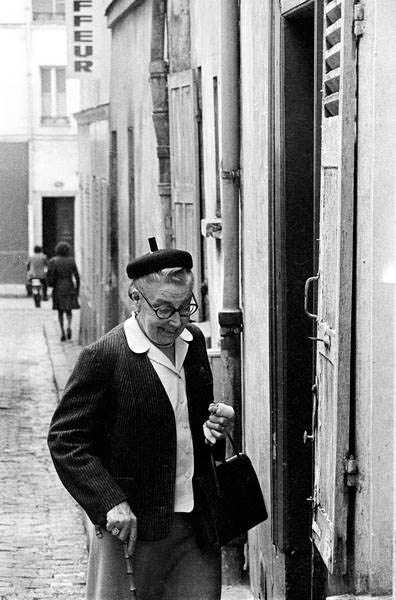
Getting into a rowing boat to row at Versailles I dropped my camera into the lake. The man hiring the boats fished around a little with his boat hook, then waved us off, promising to continue the search. When we came back an hour later he proudly presented it, obviously hoping for a reward. But we were penniless students and all he got were profuse thanks.
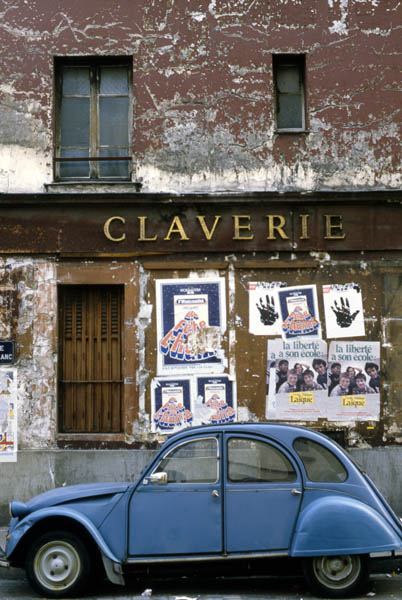
The camera was never the same again with a leaf shutter that would sometimes stick open – and it was six years before I could afford to replace it. The colour slides had an interesting hue.
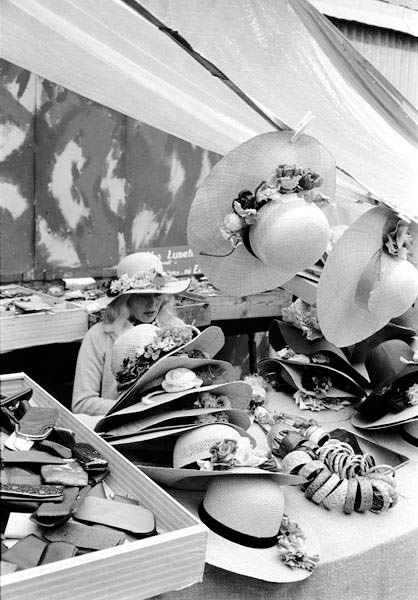
Our next trip to Paris was in 1973, when we spent several weeks in a student hostel in the centre of Paris and spent long days walking almost every walk in an old Michelin Green Guide. I’d given the Halina away and now had a clunky Russian Zenith with three Russian lenses and a good supply of bulk loaded cassettes of black and white film.
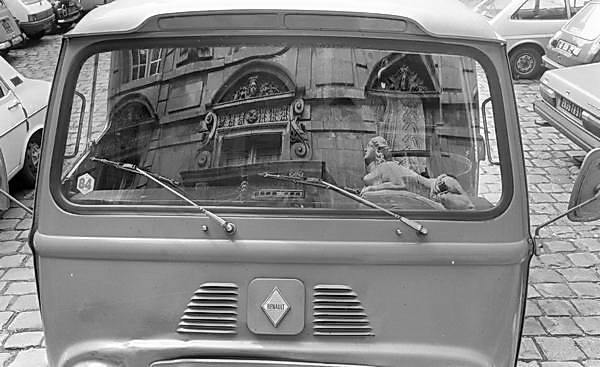
You can see many of the pictures from that visit on my Paris Photos web site along with those from some later visits, particularly in 1984 when I worked on the project that became my show and later a book, In Search Of Atget. After that we returned every two or three years until fairly recently, and pictures from some of the later visits – mainly for Paris Photo – are also online.
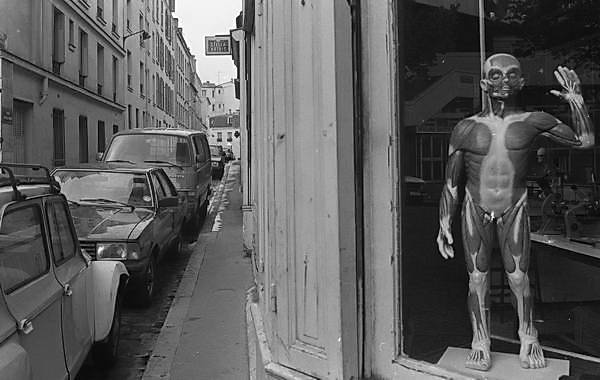
Peter Fetterman Gallery
Nouvelle Vague
SEPTEMBER 6, 2025 – JANUARY 3, 2026
Santa Monica, California
I seldom write reviews of photographic exhibitions now, either of shows I go to or those I simply see on line. Mostly because few interest me and those that do are mainly of work by photographers who I’ve written about at length in the past (though many of those that I wrote professionally are no longer available.)
But this show attracted me, both as a photographer and also as someone who now watches (or falls asleep watching) a wide range of films. I first got a real interest in film back in the 1960s and the films that excited me most were those of the French New Wave, particularly Truffaut and Godard, but later others including Chabrol, Rivette and Varda. And of course a great fan of photographers such as Willy Ronis and Robert Doisneau, and finally as someone who has enjoyed many stays in Paris over the years, at times immersing myself in its thriving photographic culture during the Mois de la Photo, so different and more intense than anything in London. And this is a show which is much more about Paris than about the Nouvelle Vague.
You can see pictures from the show on the Peter Fetterman Gallery website.
Raymond Cauchetier who died from Covid in 2021 at the age of 101 worked as a set photographer on many of the best-known films of the French “early New Wave period, including Truffaut’s Jules et Jim (1962) and La peau douce (1964), Agnès Varda’s Cléo de 5 à 7 (1962), Jacques Demy’s Lola (1961) and Jacques Rozier’s superb but overlooked Adieu Philippine (1962).” Jonathan Romney, wiriting in the BFI’s Sight and Sound could have included many others, notabley À bout de souffleand ‘Une femme est une femme‘.
A former member of the French Resistance he spent much of the 1950s photographing in South East Asia including in the war in Vietnam, Japan and Hong Kong and it was in Cambodia where he first worked as a set photographer.
He failed to get work as a photojournalist after returning to France but when working on photo-romans was introduced to the then film critic Jean-Luc Godard who hired him as set photographer for his debut film, ‘À bout de souffle‘ in 1960. Cauchetier also worked on his ‘Une femme est une femme‘.
He left the world of cinema a few years later in 1968 as the pay for set photographers was too low, but it was apparently only in 2005 when French copyright law was clarified that he was able to exhibit and publish much of his work from those 8 years. In France, unlike the UK, USA and most other countries, photographers retain copyright of their work even when they are working as employees.
It was good to see the Peter Fetterman Gallery highlighting his work in their new exhibition, Nouvelle Vague, which they call “a compelling survey of French photography drawn from some of the most celebrated artists of the 20th century“.
And the show on-line does have some interesting images by some of the better known French photographers of the era, including Edouard Boubat, Jean-Philippe Charbonnier, Robert Doisneau, Willy Ronis and Sabine Weiss, mainly from an earlier age in the 1940s and 1950s along with a few pictures which just happened to have been taken in Paris by others. And although Henri Cartier-Bresson just had to be there, he is hardly well represented.
Of those who are not French the work of Louis Stettner – who went to Paris in 1947 for three weeks and stayed five years stands out. And he arguably played an important part in bringing the ideas and approaches of New York’s Photo League with him. But there are some whose presence seems to me to simply dilute the show.
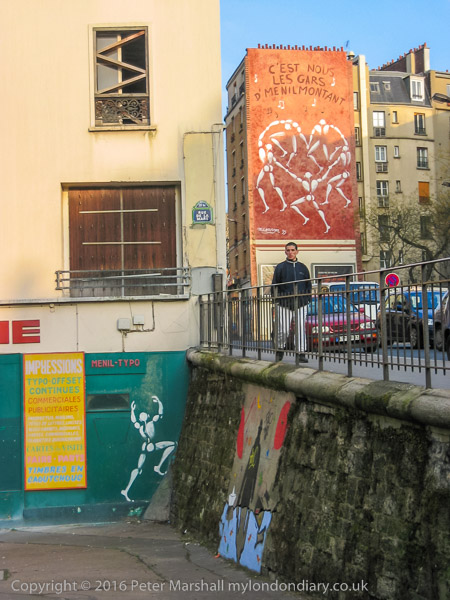
More of my own work on Paris on my Paris Photos web site, and in my books In Search Of Atget and Photo Paris available from Blurb, as well as in several albums on Flickr including Paris 1997. I really should do more books on my work in Paris.
Flickr – Facebook – My London Diary – Hull Photos – Lea Valley – Paris
London’s Industrial Heritage – London Photos
All photographs on this page are copyright © Peter Marshall.
Contact me to buy prints or licence to reproduce.
